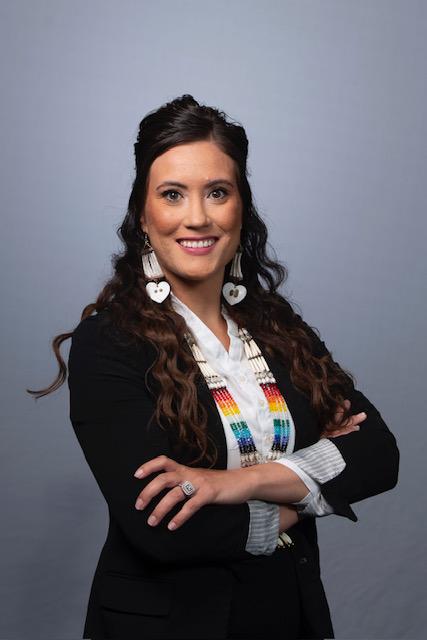Sexual & Reproductive Health
Research shows that youth experience better sexual and reproductive health outcomes when they have access to sexual and reproductive health care and information that meets their individual needs. This level of care includes comprehensive, accurate, and inclusive person-centered care and information, the ability to engage in and plan for safe, consensual, and healthy sexual activity, and the autonomy to make informed sexual and reproductive health decisions.
Latest Research on Sexual & Reproductive Health
See All Research on Sexual & Reproductive Health
Research from Activate: A Sexual and Reproductive Health Research Translation Center
Breakthrough Accelerator
Our Breakthrough Accelerator program supports teams as they test, refine, and scale youth-centered innovations that promote adolescent sexual and reproductive health. Visit the site to learn how to get involved.
Learn More
Featured Experts
Jennifer Manlove
Senior Research Scholar, Sexual and Reproductive Health
Jenita Parekh
Deputy Director for Sexual & Reproductive Health
Jenn Rogers
Senior Research ScholarSenior Program Area Director, Sexual and Reproductive Health
Mindy E. Scott
Senior Research Scholar
Elizabeth Wildsmith
Research Scholar, Reproductive Health and Family Formation
Alana Ward
Research Communications DirectorProgram Area Director, Client Communications
April Wilson
Research Vice President
Elizabeth Cook
Research Scientist II
Hannah Rackers
Research Scientist (I)
Maria A. Ramos-Olazagasti
Senior Research Scientist IIProgram Area Director, Population-Focused Research
Jordyn Pourier
Research Scientist
Alison McClay
Research Scientist I
Projects
ChildTrends12300 Twinbrook Parkway Suite 235 Rockville MD 20852240.223.9200
© Copyright 2025 ChildTrendsPrivacy Statement
Newsletter SignupLinkedInYouTube



















